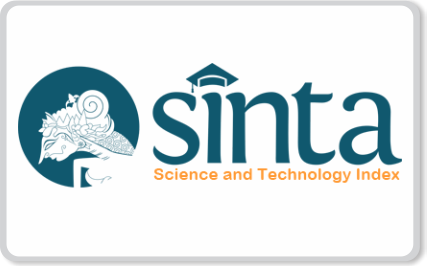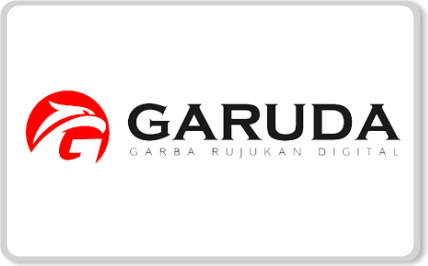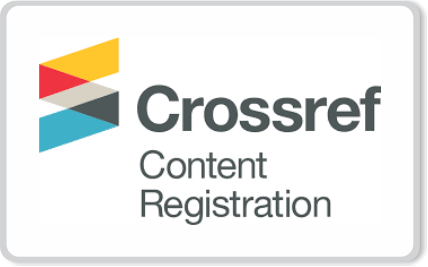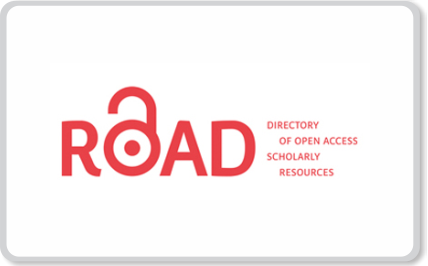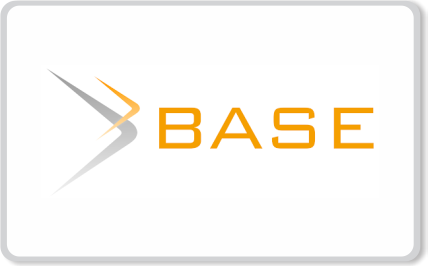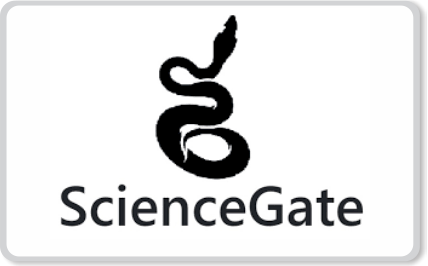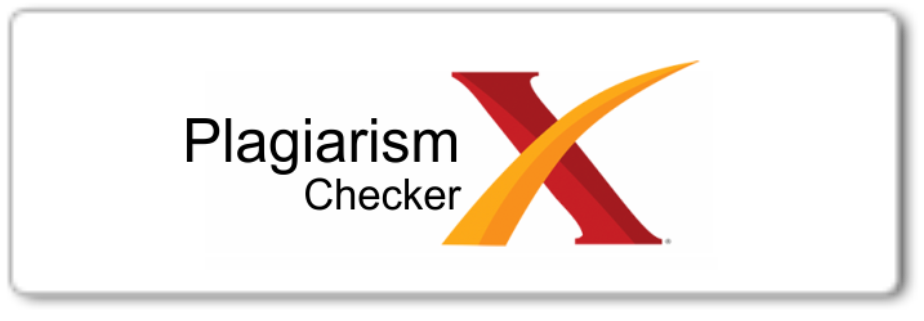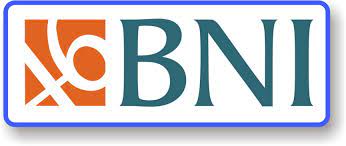Author Guidelines
Types of contributions
Two types of manuscripts may be submitted:
Research articles: These should describe new and carefully confirmed findings, and experimental procedures should be given in sufficient detail for others to verify the work. The length of a full paper should be the minimum required to describe and interpret the work clearly.
Reviews: Submissions of reviews and perspectives covering topics of current interest are welcome and encouraged. Reviews are also peer-reviewed
Format
A template to guide authors in the preparation of the manuscript can be downloaded here (Template). The length of a complete manuscript should be no less than 4 pages and no more than 12 pages (12 pt, single-spaced, including figures, tables, and references).
Review Process
All manuscripts are reviewed by an editor and members of the editorial team or qualified international reviewers. Decisions will be made as rapidly as possible, and the journal strives to return reviewers’ comments to authors within four weeks. The editorial board will re-review manuscripts that are accepted pending revision.
Plagiarism Policy
Whether intentional or not, plagiarism is a serious violation. Plagiarism is the copying of ideas, text, data, and other creative work (e.g. tables, figures, and graphs) and presenting it as original research without proper citation. The Journal defines plagiarism as a case in which a paper reproduces another work with at least 25% similarity and without citation. If evidence of plagiarism is found before/after acceptance or after the publication of the paper, the author will be offered a chance for rebuttal. If the arguments are not found to be satisfactory, the manuscript will be retracted and the author sanctioned from publishing papers for a period to be determined by the responsible Editor(s).
Title
The Title should be a brief phrase describing the contents of the paper. This should include the full author names (with no titles or qualifications), institutional addresses (Department, Institute, City, Post/Zip code, Country), and email addresses for all authors. Authors and affiliations must be linked using superscript numerals. The corresponding author should also be indicated. The title should be no more than 15 words in length.
Abstract and Keywords
The abstract should be informative and completely self-explanatory, briefly present the topic, state the scope of the experiments, indicate significant data, and point out major findings and conclusions. The Abstract should be 150 to 250 words in length.. Complete sentences, active verbs, and the third person should be used, and the abstract should be written in the past tense. Standard nomenclature should be used and abbreviations should be avoided. While the abstract is conceptually divided into three sections (Background, Methodology/Principal Findings, and Conclusions/Significance), do not apply these distinct headings to the abstract within the article file. No literature should be cited. Following the abstract, about five keywords that will provide indexing references should be listed.
Introduction
The Introduction should provide a clear statement of the problem, the relevant literature on the subject, and the proposed approach or solution. It should be understandable to colleagues from a broad range of scientific disciplines.
Materials and Methods
Experimental procedures should be given in sufficient detail to allow these to be replicated by other researchers. The source of the various reagents and materials used in the study should be given, where possible. Capitalize trade names and include the manufacturer's name and address. Subheadings should be used. Methods in general use need not be described in detail.
Results
The results section should provide details of all of the experiments that are required to support the conclusions of the paper. There is no specific word limit for this section, but details of experiments that are peripheral to the main thrust of the article and that detract from the focus of the article should not be included. The results should be written in the past tense when describing findings in the authors' experiments. Previously published findings should be written in the present tense. The section may be divided into subsections, each with a concise subheading. Results should be explained, but largely without referring to the literature. Discussion, speculation, and detailed interpretation of data should not be included in the Results but should be put into the Discussion section.
Discussion
This section should present a comprehensive analysis of the results in light of any previous research. The Results and Discussion sections can include subheadings, and when appropriate, both sections can be combined.
Conclusions
The conclusion section should bring out the significance of the research paper, show how it has brought closure to the research problem, and point out remaining gaps in knowledge by suggesting issues for further research.
Acknowledgments
The authors should first acknowledge the source of funding for the research presented in their article followed by any personal credits. The Acknowledgments should be brief.
References
All publications cited in the text should be presented in a list of references following the text of the manuscript. In the text, the citations should be referred to by author's name and year of publication enclosed in parentheses, e.g. (Selin, 2009; Chen and Yang, 2012; Moldovan et al., 2013). If a reference is made in the text to a publication written by more than two authors the name of the first author should be used followed by “et al.” In the list of references, however, list names of the first author and all co-authors should be mentioned. References cited together in the text should be arranged chronologically. The list of references should be arranged alphabetically on the author's names, and chronologically per author.
Examples follow:
Journal Papers:
Wei, S., Zhou, Q. and Mathews, S. 2008. A newly found cadmium accumulator-Taraxacum mongolicum. Journal of Hazardous Materials 159:544–547.
Ebbs, S.D. and Kochian, L.V. 1997. Toxicity of zinc and copper to Brassica species: implications for phytoremediation. Journal of Environmental Quality 5: 1424–1430.
Books:
Anderson, J.M. and Ingram, J.S. I. 1992. Tropical Soil Biology and Fertility: A Handbook of Methods, 2nd edition. CAB International. Wallingford, Oxon, UK. 191p.
Chapters in Books:
Baker, A. J. M., McGrath, S.P., Reeves, R.D. and Smith, J.A.C. 2000. Metal hyper-accumulator plants: a review of the ecology and physiology of a biological resource for phytoremediation of metal-polluted soils. In: Terry, N. and Banuelos, G. (eds), Phytoremediation of Contaminated Soil and Water. Lewis Publishers, Boca Raton, FL., pp 85–107.
Proceedings Papers:
Doronila, A.I., Unson, J.R.S., Penaranda, M.C.R., Gotera, K.M.C. and Claveria, R.J.R. 2010. The discovery of a nickel hyperaccumulator plant, Breynia sp. in the ultramafic terrains of Zambales, Philippines. Proceedings of the 1st National Conference on Bioremediation. 26-27 October 2010. Traders Hotel, Pasay City, Philippines. p 18-25.
Tables
Tables should be kept to a minimum and be designed to be as simple as possible. The table title should be concise, no more than two sentences. The rest of the table legend and any footnotes should be placed below the table. Footnotes can be used to explain abbreviations. Tables must be cell-based, such as would be produced in a spreadsheet program or in Microsoft Word. Do not provide tables as graphic objects. Tables must be no larger than one printed page. Do not include color, shading, lines, rules, text boxes, tabs, returns, or pictures within the table. The details of the methods used in the experiments should preferably be described in the legend instead of in the text. The same data should not be presented in both table and graph form or repeated in the text. All tables must be numbered consecutively (in Arabic numbers). Place tables as close as possible to where they are mentioned in the main text. All Tables should be referred to in the text as Table 1, Table 2, etc.
Figures
Figures should be as small and simple as is compatible with clarity. The goal is for figures to be comprehensible to readers in other or related disciplines, and to assist their understanding of the paper. Figure legends should be typed in numerical order. Graphics should be prepared using applications capable of generating high-resolution GIF, TIFF, JPEG or PowerPoint before pasting in the Microsoft Word manuscript file. Figures should be prepared in Microsoft Word. Use Arabic numerals to designate figures and upper case letters for their parts (Figure 1). Begin each legend with a title and include sufficient description so that the figure is understandable without reading the text of the manuscript. Information given in legends should not be repeated in the text.


